Surgical scars are part of the body’s natural healing—but how you treat them can make all the difference. From fresh incisions to faded lines, every stage of scar formation presents a unique opportunity to support your skin’s recovery.
At Rejûvaskin, we’re here to help you navigate each phase of healing with science-backed solutions designed to promote smooth, resilient skin. Let’s break down what’s really happening beneath the surface—and how to help your scar fade beautifully.
The 4 Stages of Scar Healing (And What Your Skin Needs in Each)
Stage 1: Hemostasis (Immediately After Surgery)
This is your body’s first emergency response. Blood vessels constrict, and platelets form a clot to stop the bleeding and create a temporary barrier.
What to do:
-
Keep the incision clean and covered as advised by your provider.
-
Avoid unnecessary movement or strain on the site.
-
Once cleared, begin applying Rejûvaskin Skin Recovery Cream to hydrate and prep the skin for healing.
Did you know? A strong clot not only stops bleeding but also sets the stage for cellular healing to begin immediately.
Stage 2: Inflammatory Phase (Days 1–7)
This is your body’s emergency response system. Blood clotting kicks in, immune cells arrive, and the area becomes red and swollen as it fights off infection.
What to do:
-
Keep the area clean and covered.
-
Avoid irritation or tension at the incision site.
-
Hydration matters! Start applying Rejûvaskin Skin Recovery Cream once cleared by your provider to calm inflammation and moisturize fragile skin.
Did you know? Early inflammation is necessary—but too much can lead to thicker, raised scars (Potter et al., 2019).
Stage 3: Proliferation Phase (Week 1–4)
Collagen production increases and new tissue starts forming. The scar may look raised or bumpy—this is normal.
What to do:
-
Support healing from the outside in with Rejûvaskin’s Silicone Scar Gel or Scar Heal Kits.
-
Avoid sun exposure and gently massage the area to promote even collagen distribution.
-
Wear soft clothing and avoid friction on the scar site.
Pro tip: Silicone is the gold standard in scar management and has been shown to flatten, soften, and lighten scars significantly (Thomas & Critchley, 2006).
Stage 4: Maturation Phase (Month 1–12+)
This long phase focuses on reshaping collagen and refining the scar’s appearance. Your skin is working hard behind the scenes!
What to do:
-
Keep up daily application of Scar Esthetique Silicone Scar Cream—it blends powerful botanicals, silicone, and antioxidants to fade discoloration and smooth texture.
-
Use daily SPF to protect the area from darkening.
-
Massage the scar twice a day to improve blood flow and reduce stiffness.
Research shows that scar remodeling can continue for up to a year or more (Riedemann et al., 2023)—consistency is key!
Which Rejûvaskin Product to Use—and When
|
Scar Stage |
Product |
Why It Works |
|
Hemostasis & Inflammation |
Skin Recovery Cream |
Hydrates, calms redness, preps skin for healing |
|
Proliferation |
Silicone Scar Gel or Scar Heal Kits |
Forms a barrier, flattens & fades forming scar |
|
Maturation |
Scar Esthetique Cream |
Brightens, smooths, and nourishes mature scars |
Let Your Skin Heal Confidently
Whether your scar is just forming or months along, what you do today can shape how it looks tomorrow. With the right scar care routine—and the right products—you can go from red and raised to smooth, soft, and resilient.
At Rejûvaskin, we believe in skin that heals beautifully. And we’re here to support every step of your journey.
Works Cited
-
Potter, D. A., Veitch, D., & Johnston, G. (2019). Scarring and wound healing. British Journal of Hospital Medicine, 80(11), C166–C171. Link
-
Thomas, K., & Critchley, P. (2006). Management of scars. Surgery (Oxford), 24(1), 18–20. Link
-
Riedemann, H., Schmidt, M., & Baron, J. (2023). Therapy of pathological scars. Journal der Deutschen Dermatologischen Gesellschaft, 21, 761–776. Link
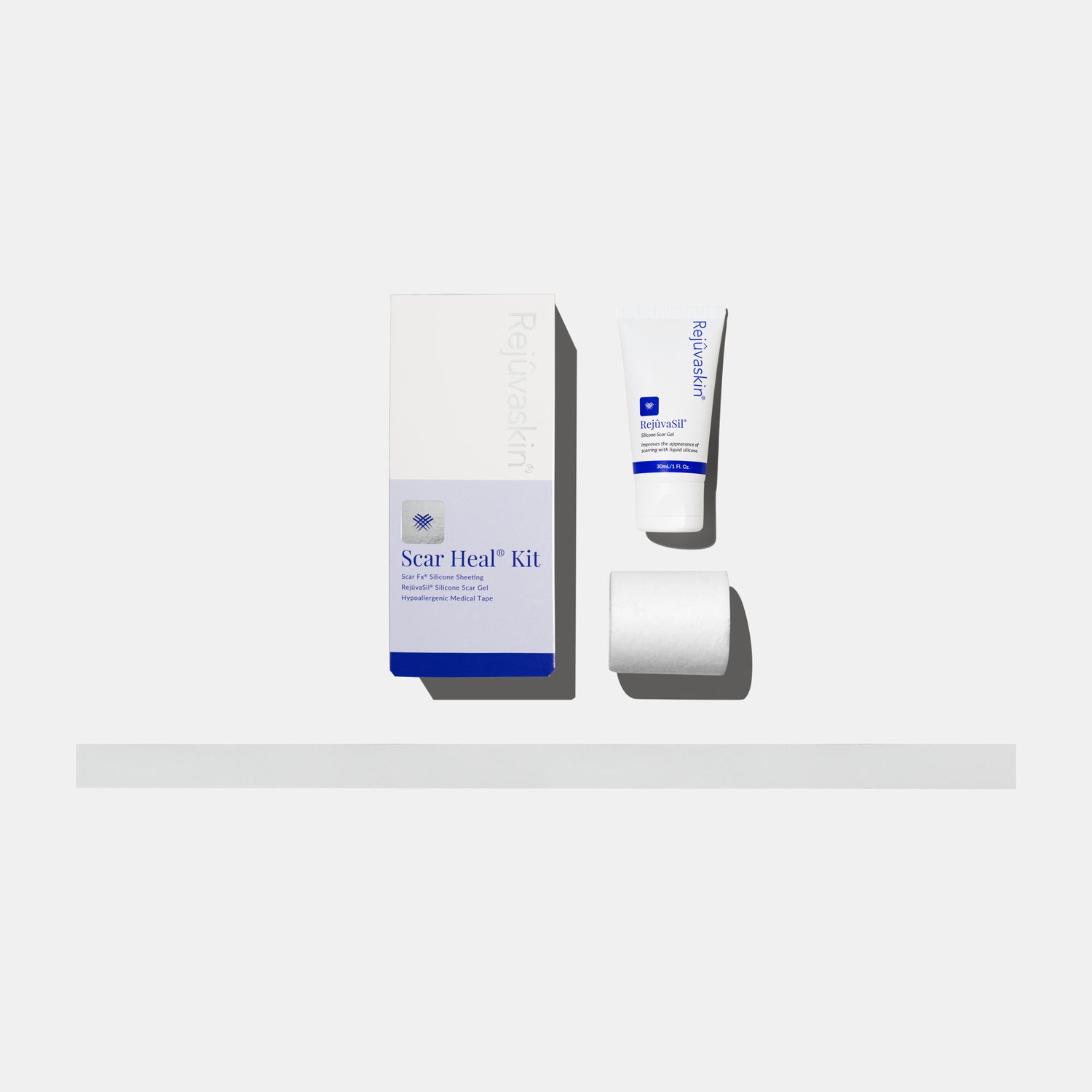


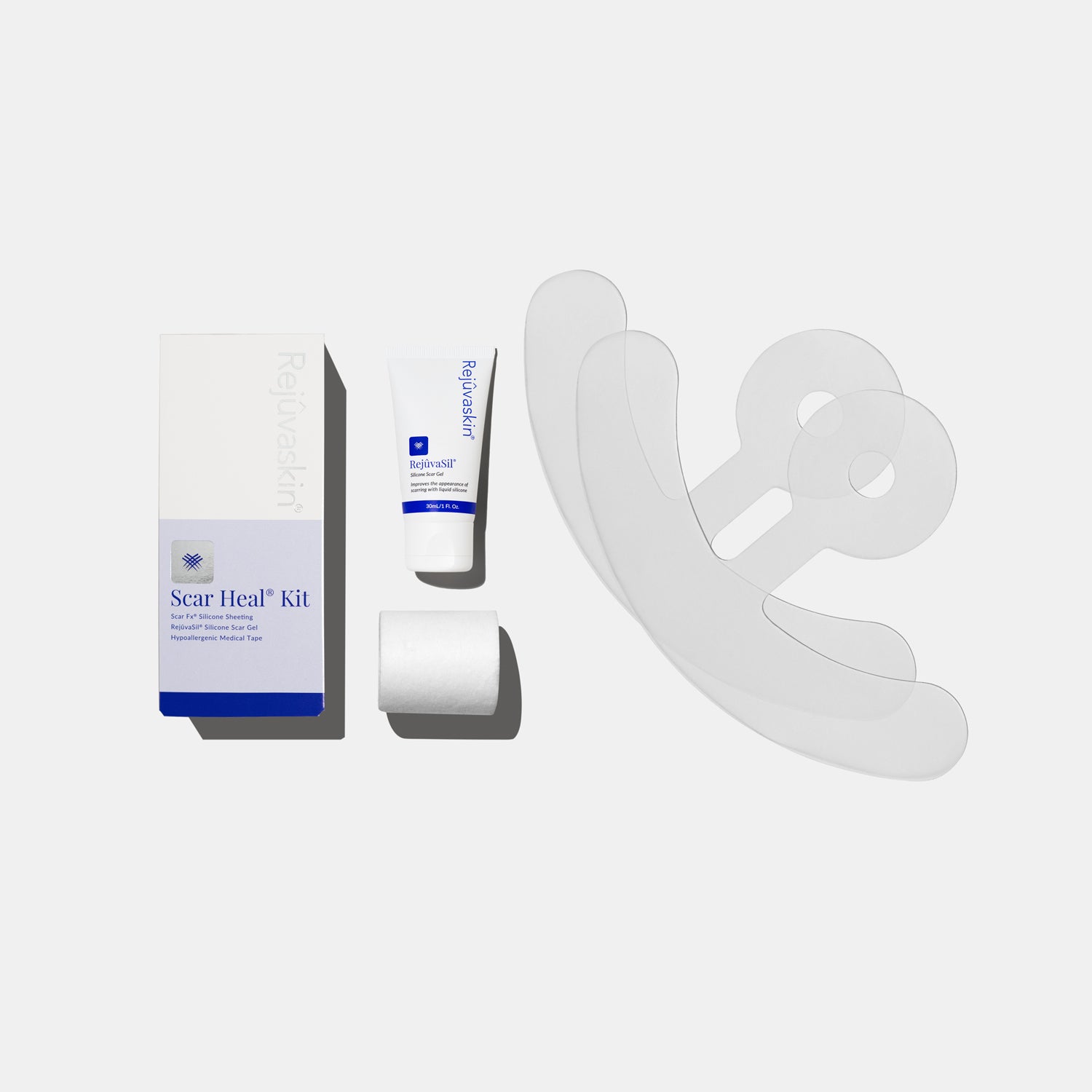
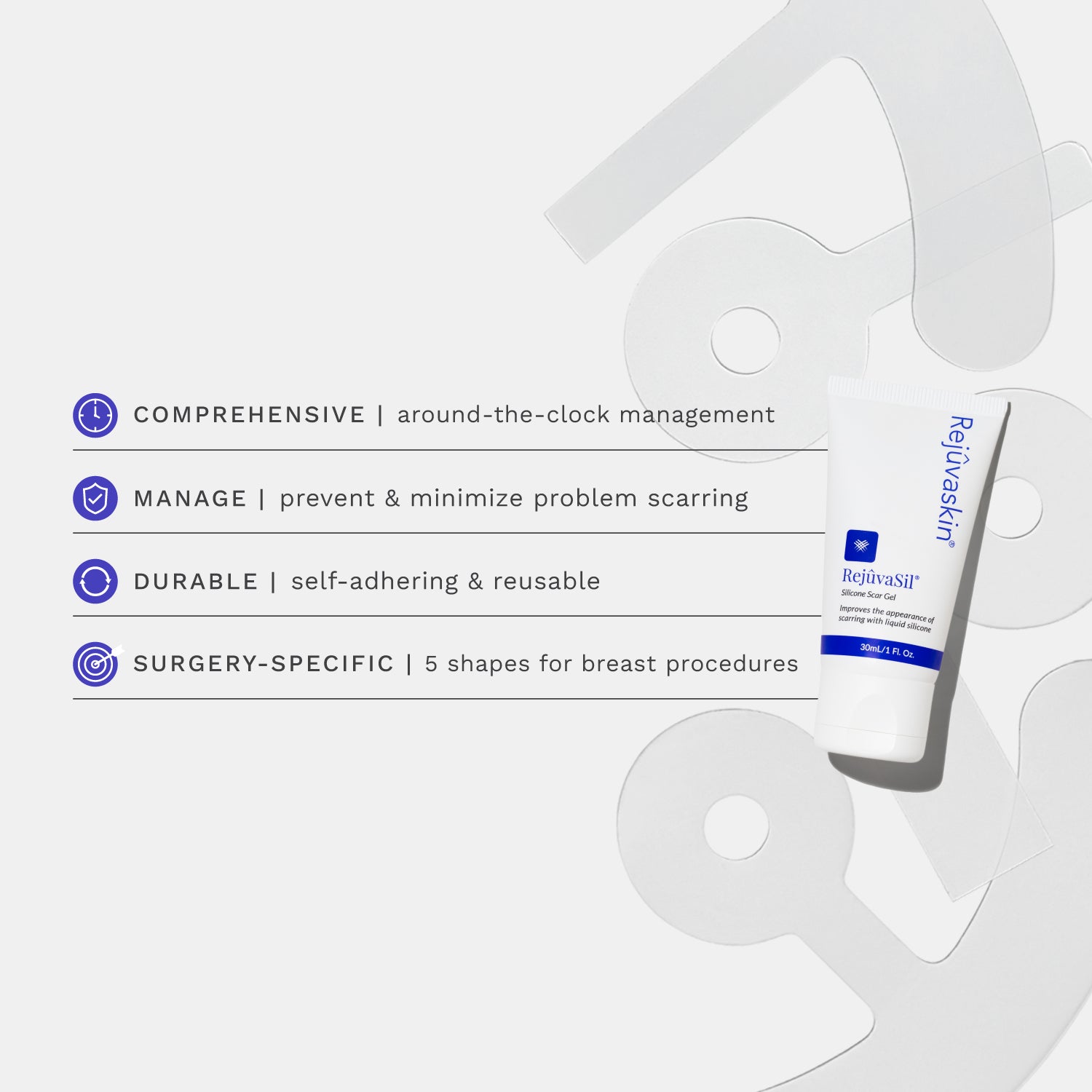
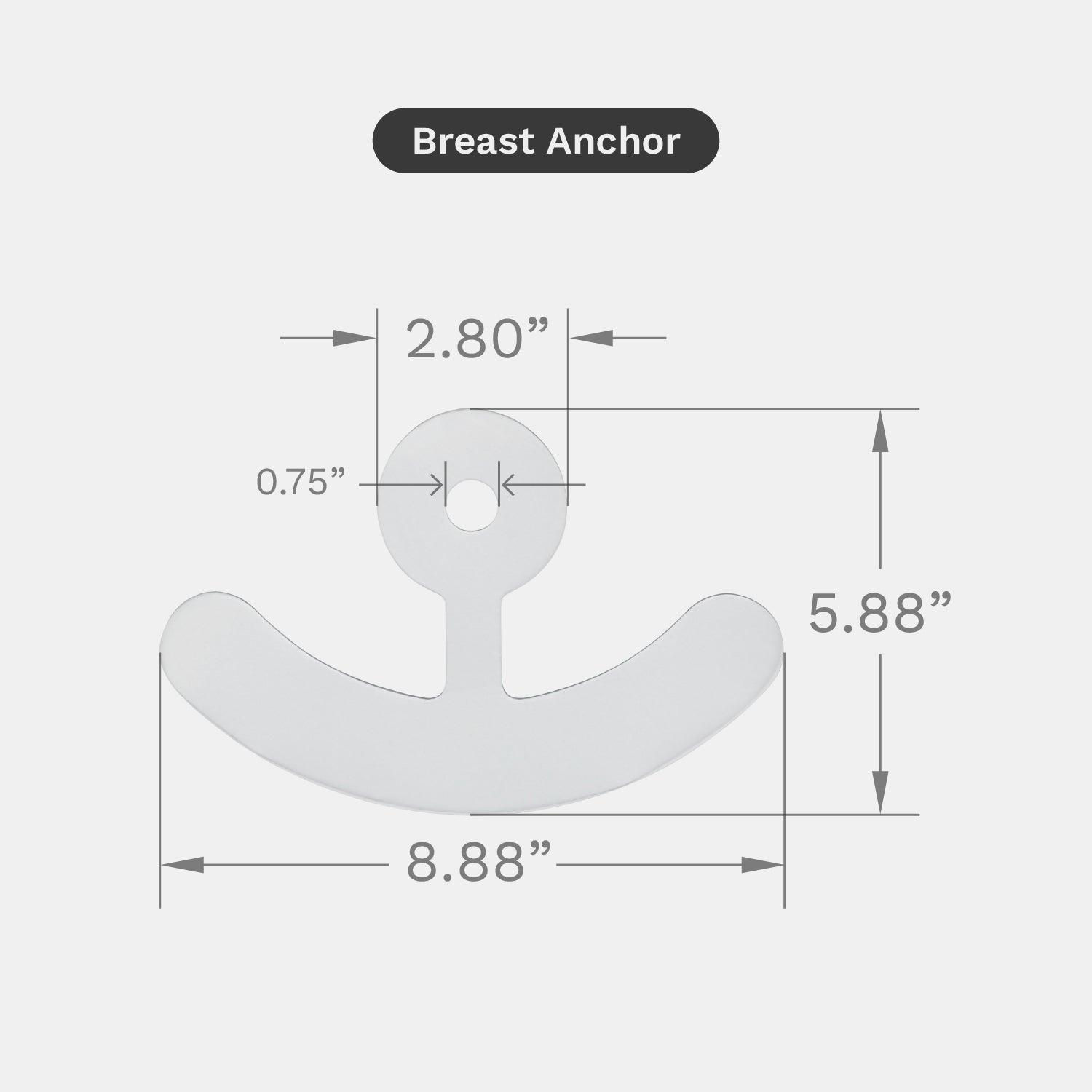
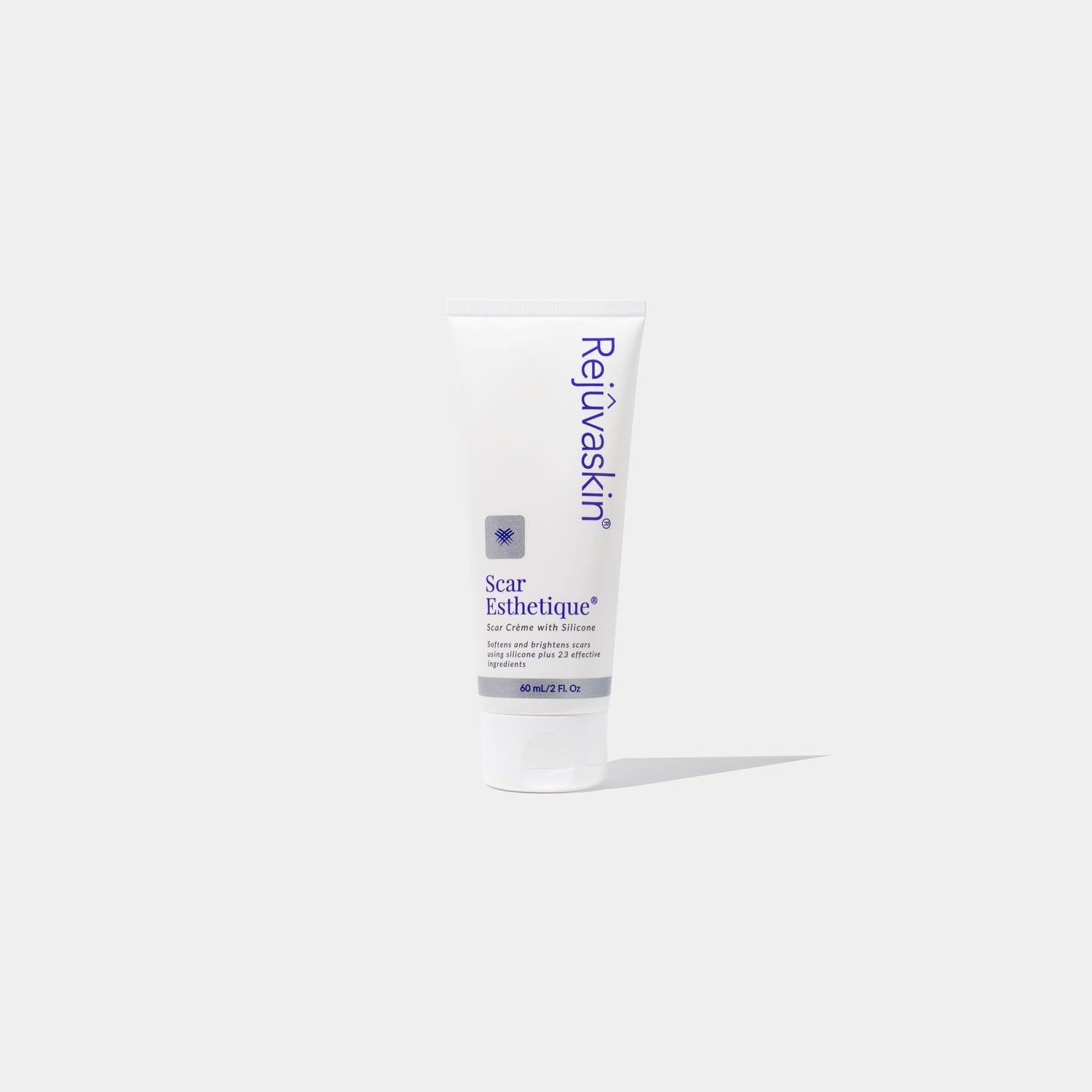
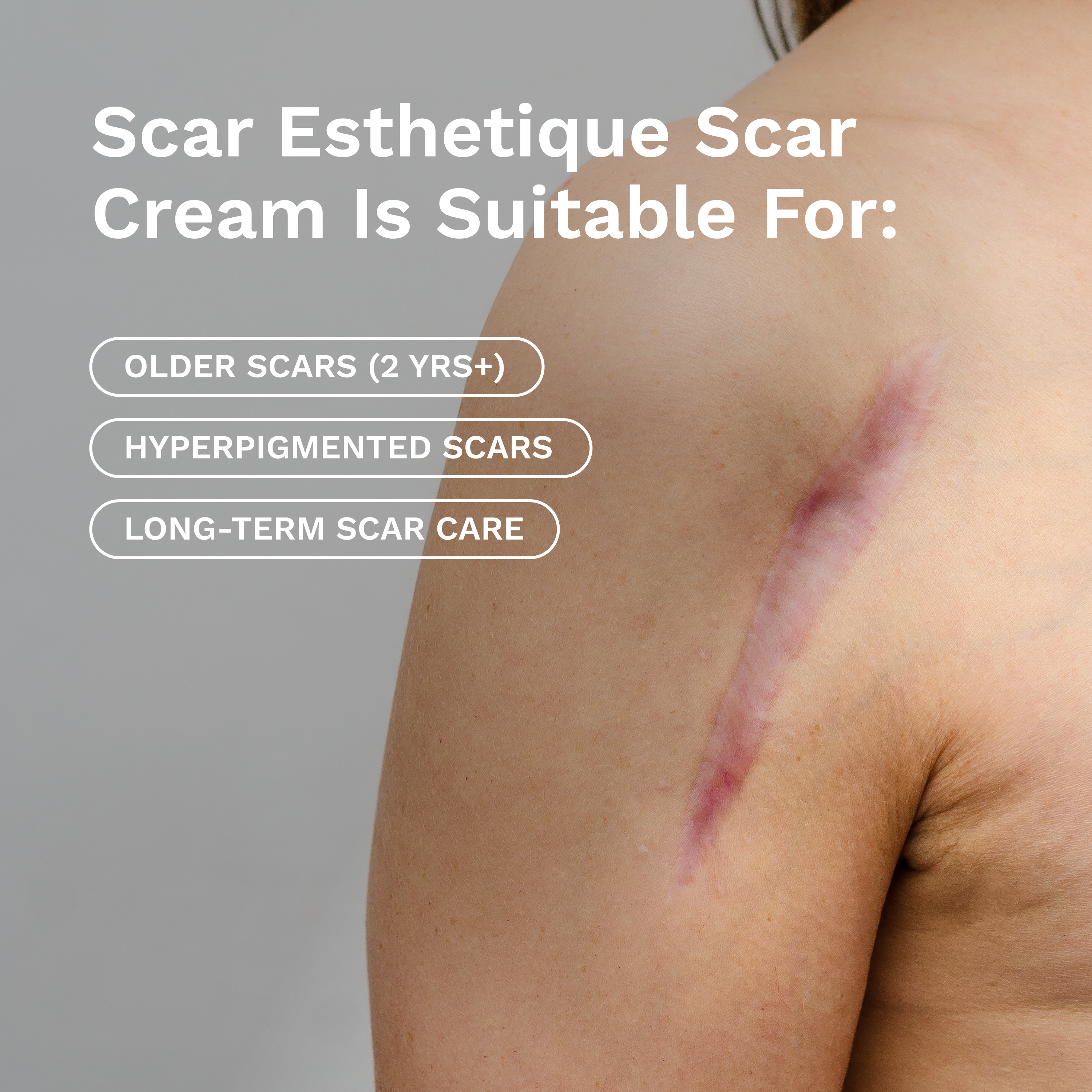








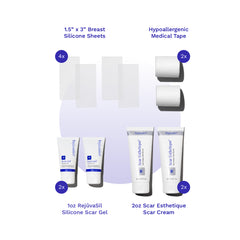
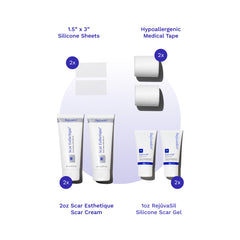

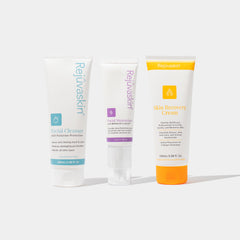

Leave a comment